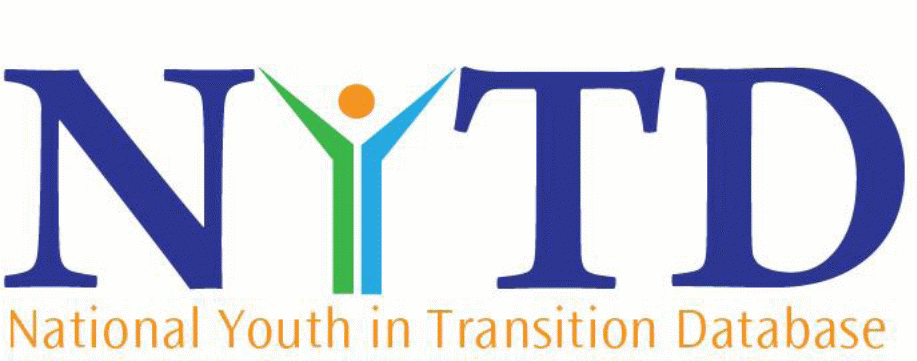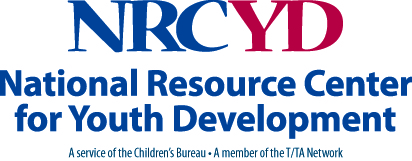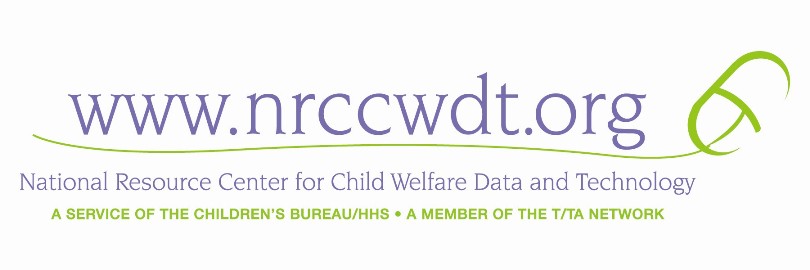NYTD Brief 5
NYTD TA Brief 5-Informed Consent Forms.doc
National Youth in Transition Database (NYTD) and Youth Outcomes Survey - Final Rule
NYTD Brief 5
OMB: 0970-0340
![]() TA
Brief No. 5: Obtaining Informed Consent for Participation in the
Youth Outcome Survey
TA
Brief No. 5: Obtaining Informed Consent for Participation in the
Youth Outcome Survey
Technical
Assistance Brief No. 5

Issued:
August 2010

D
In this
brief:
We
provide an overview of the informed consent process and discuss
strategies for documenting this process using an informed consent
form with the NYTD youth outcome survey. Target
audience:
Independent
living coordinators Key
words:
Informed consent and assent; youth outcome survey
Concern about the possible exploitation of adults and children in research studies has led to the development of Federal policy designed to protect human research subjects. This Federal policy is established at 45 CFR 46 (http://www.hhs.gov/ohrp/humansubjects/guidance/45cfr46.htm). One of the main elements of the Federal policy is the requirement to seek informed consent from research subjects. Informed consent is a process of sharing information between the investigator and the prospective research subject that will assist the subject in making an informed decision about whether or not to participate in the research. For most research, informed consent is documented using a written form that provides key information regarding the research. This Technical Assistance Brief, focused on the design of the informed consent form, is the first in a series of briefs on the topic of informed consent.
The data collection required by NYTD is not considered a research activity that is subject to the Federal regulations for the protection of human subjects. Therefore, there is no specific Federal requirement or procedure to seek informed consent of a youth, or parental consent on a youth's behalf, to participate in the NYTD youth outcome survey (see NYTD Question and Answer #3.18 at http://www.acf.hhs.gov/programs/cb/systems/nytd/faq/). However, States are encouraged to develop their own procedures to ensure that youth understand the purpose and use of the survey, including the voluntary nature of the survey. A consent form not only explains the study to the youth but gives youth clear decision-making authority regarding their participation, and if worded in a youth friendly manner, may actually assist in garnering the participation of youth in the NYTD survey.
We recommend that States develop a simple consent form (or, for youth under 18, an “assent” form) to accompany the youth outcome survey that explains the purpose of the survey, how the data will be collected and used, and that participation in the survey is voluntary. Youth may be asked to sign the form at the bottom or check a box indicating that they understand the information presented and agree to participate. Depending on the State’s survey mode, the consent form may be accessed on the web, presented on paper, or administered over the telephone.
A well designed consent form serves multiple purposes. It informs participants of their rights, it reassures respondents regarding the purpose and length of the survey, and it notifies participants about the need to stay in touch for the follow-up surveys. If a State decides to provide a consent form to youth it is recommended that the form cover the following areas as they relate to NYTD (adapted from HHS regulations 45 CFR 46.116(a)):
Why the survey is being conducted. A brief explanation might note that NYTD is being conducted in all States to collect information on how youth leaving foster care are doing.
Who is being asked to complete the survey. The explanation should say that all youth in foster care who are turning age 17 during a certain Federal Fiscal Year are being surveyed nationally and will be surveyed again at ages 19 and 21.
How the data will be used. The State may note that the data will be used to evaluate and improve programs that help foster youth become independent adults. If the State has specific plans for how the data will be used, this might also be discussed.
The benefits of participation. States that are offering an incentive should state what type of incentive is being offered and the amount of the incentive (i.e., cash or a gift card). Other benefits that might be discussed are the opportunity for youth to share their experiences and contribute to the improvement of the services for themselves and other youth transitioning from care.
How long it will take (on average) for the youth to complete the survey. States should provide youth an accurate estimate of how long the survey will take based on pilot testing completed in the State or by other States.
That the survey is voluntary. Youth need to know that their participation is voluntary and that there will be no penalty (such as a loss of services) if they choose not to participate. Youth should also be informed that they can decline to respond to any questions that they do not want to answer.
Confidentiality procedures. It is important for youth to know who will see their answers and whether their data will be confidential. In some States, all data will be associated with an ID number and very few individuals will have access to the file that links the ID with a youth’s name. Other states may be planning to use the youth’s data to offer needed services when the youth discloses certain problems on the survey, such as being homeless. Youth should be informed about which procedure will be followed for their data. All youth should be advised that their data will never be published with their identification associated with their responses.
A place to go for more information. The consent form should provide a telephone number that youth can call if they have questions about the survey.
The consent form should be written in simple language that is easily understood by the youth. Youth should also receive their own copy of the consent form in case they later have questions about the study and their participation.
In the next brief on informed consent, we will discuss strategies for implementing an informed consent process using a State example.
Additional information on informed consent is provided by these sources:
Federal Office for Human Research Protections (OHRP) (www.hhs.gov/ohrp).
45 CFR 46: Protection of Human Subjects (http://www.hhs.gov/ohrp/humansubjects/guidance/45cfr46.htm)
O
 ffice
for Human Research Protection’s Tips on Informed Consent
(http://www.hhs.gov/ohrp/humansubjects/guidance/ictips.htm).
ffice
for Human Research Protection’s Tips on Informed Consent
(http://www.hhs.gov/ohrp/humansubjects/guidance/ictips.htm).

For more information, please contact:
N ational
Resource Center for Youth Development
ational
Resource Center for Youth Development
NRCYS at the University
of Oklahoma Outreach
918-660-3700
National Resource Center for Child
Welfare Data and Technology
703-263-2024
-
| File Type | application/msword |
| File Title | NYTD TO AFCARS RACE MAPPING |
| Author | ICF |
| Last Modified By | Miguel Vieyra |
| File Modified | 2010-08-09 |
| File Created | 2010-08-09 |
© 2025 OMB.report | Privacy Policy
